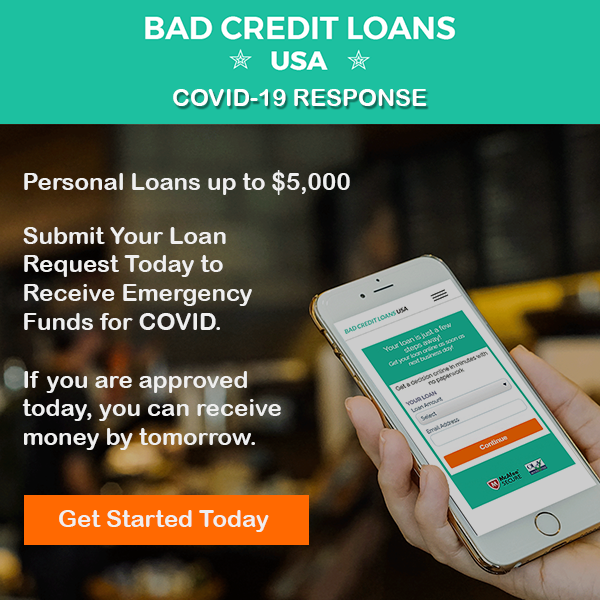Unsecured Loans vs Secured Loans

Secured Loans
Collateral loans, otherwise known as secured loans are a traditional type loans that you often would need to get from the bank. These typically are harder to get approval for as the banks run a tighter underwriting process. To get a secured loan, you also need to offer something you own as collateral. In the case of a mortgage or auto loan, your house or car is typically the collateral. In the case of a secured personal loan, the collateral might be money in a savings account or a certificate of deposit.
Unsecured Loans
Loans that are in high demand these days are those called non-collateral loans, or more often referred to as unsecured loans. The most popular reason for getting denied from banks is one’s credit. With these loans, you don’t necessarily need good or fair credit, to get these loans, and you don’t need to put up any collateral if they are either.
Pros & Cons to Both Types of Loans
Secured loans have the advantage of having lower interest payments. They also have longer repayment periods and with the added low interest, they are often a lot easier to pay off. The cons here are obvious – if you default on the loan, then the bank will seize whatever was put up for collateral.
With unsecured loans, since you don’t need to put up any collateral, this presents a higher risk to the lenders when funding the loan. Because of this, the APR’s on the loans are higher, along with a shorter payback period. The benefit to getting these types of loans, is that the lenders typically accept all types of credit in their underwriting criteria and can get the funds to you as soon as the next business day.
Polish your credit before applying
Since your credit is a major factor in whether you’ll be approved for a personal loan and what rate you’ll be charged, it’s smart to review your credit reports and scores before you apply.
You can access your Equifax® and TransUnion® credit reports
If your credit isn’t very good, there are strategies you can use to help.
Here are four tips.
- Check your credit reports and credit scores to find out where you stand. It’s important to check your reports as well as your scores. Some of the information contained in your credit reports is used to calculate your credit scores.
- Improve your credit health. You can work on strengthening your credit by making all of your payments on time, using no more than 30% of the credit you have available, keeping your oldest credit accounts open, and opening new accounts only when you need and can afford to utilize more credit.
- Apply with a co-signer who has good credit. If you’re applying for an unsecured loan and your credit isn’t great, a co-signer who has healthy credit might help you get approved and secure a better loan rate.
- Avoid expensive, high-risk debt.
